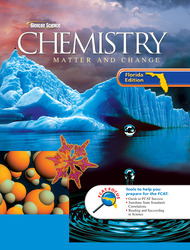 <a onClick="window.open('/olcweb/cgi/pluginpop.cgi?it=gif::::/sites/dl/free/0078703298/179001/ch02_chapter.gif','popWin', 'width=NaN,height=NaN,resizable,scrollbars');" href="#"><img valign="absmiddle" height="16" width="16" border="0" src="/olcweb/styles/shared/linkicons/image.gif"> (0.0K)</a> <a onClick="window.open('/olcweb/cgi/pluginpop.cgi?it=gif::::/sites/dl/free/0078703298/179001/ch02_chapter.gif','popWin', 'width=NaN,height=NaN,resizable,scrollbars');" href="#"><img valign="absmiddle" height="16" width="16" border="0" src="/olcweb/styles/shared/linkicons/image.gif"> (0.0K)</a>
 <a onClick="window.open('/olcweb/cgi/pluginpop.cgi?it=gif::::/sites/dl/free/0078703298/179001/POWsolutions.gif','popWin', 'width=NaN,height=NaN,resizable,scrollbars');" href="#"><img valign="absmiddle" height="16" width="16" border="0" src="/olcweb/styles/shared/linkicons/image.gif"> (0.0K)</a> <a onClick="window.open('/olcweb/cgi/pluginpop.cgi?it=gif::::/sites/dl/free/0078703298/179001/POWsolutions.gif','popWin', 'width=NaN,height=NaN,resizable,scrollbars');" href="#"><img valign="absmiddle" height="16" width="16" border="0" src="/olcweb/styles/shared/linkicons/image.gif"> (0.0K)</a> |
Teachers Notes: Problem 1:
No, the mass of each is different. The mass of the gold statue
is determined to be 40.3 pounds while that of the bag of sand
is 5.2 pounds. The gold statue weighs 7.8 times more than
the bag of sand. 1.0 quart x (0.946 liter/quart) x (1dm3/liter) x (1000 cm3/dm3)
x (19.3 g Gold/cm3) x (1 pound/453.5 g) = 40.3 pounds 1.0 quart x (0.946 liter/quart) x (1dm3/liter) x (1000 cm3/dm3)
x (2.5 g Sand/cm3) x (1 pound/453.5 g) = 5.2 pounds
|







